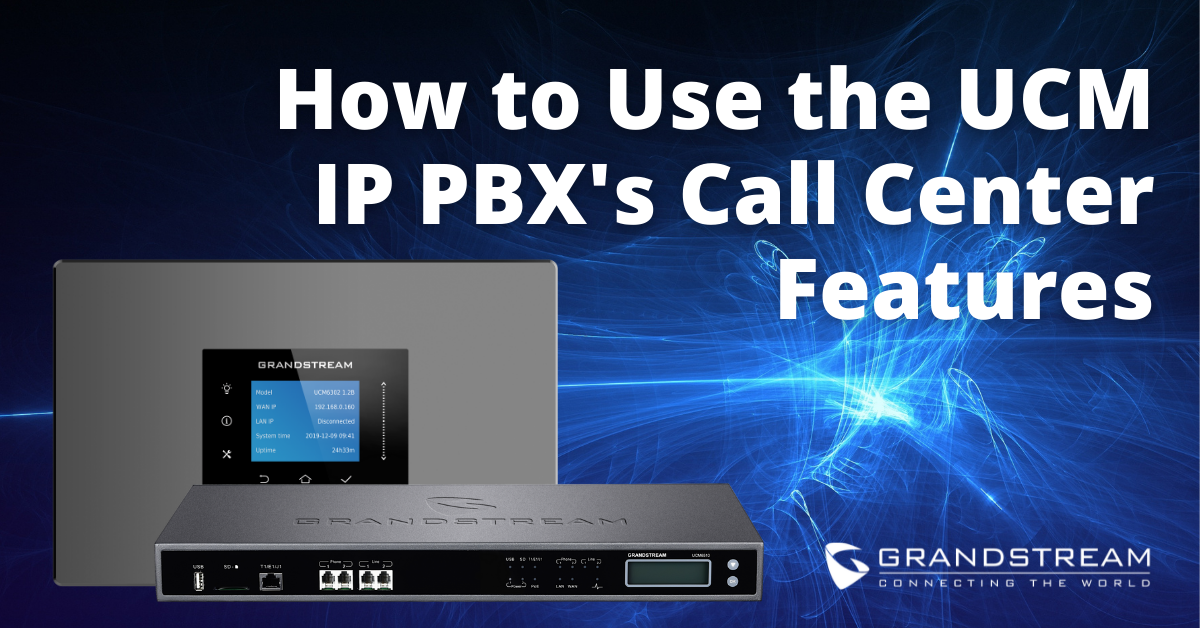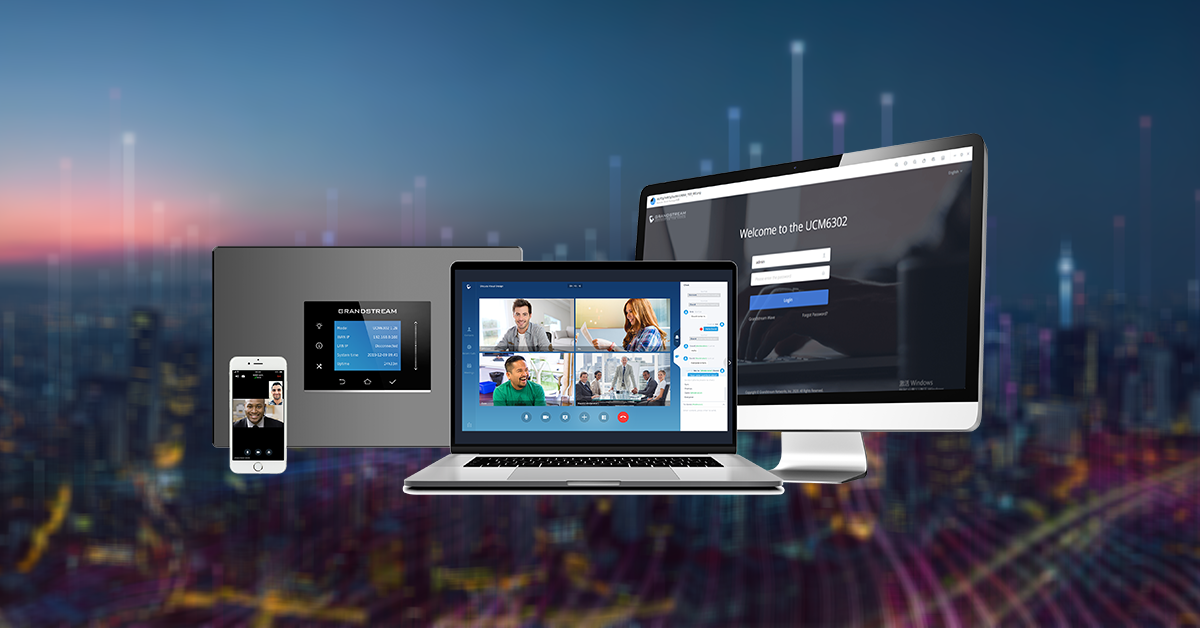Visual information is crucial in mission-critical control rooms. One or two seconds of delay can make the difference between a good or bad decision. Mission-critical control rooms demand…

. . .the highest quality video and perfectly synchronized audio.
When you absolutely must deliver—in milliseconds—the highest-quality video with perfectly-synchronized audio, where do you go?
Most likely you’re going to want to employ Dante AV technology, which delivers best-in-class performance leveraging your existing 1-Gbps network infrastructure.
Only Dante AV is capable of delivering 4Kp60 4:4:4 video with latency as low as 8ms, together with up to 8 channels of perfectly-synchronized audio over standard 1G Ethernet.
Dante’s network clock has already become legendary because it keeps audio synchronized to the sub-microsecond. Now, that same high-precision clock has been employed to deliver 4k60p video with latency as low as 8ms—the duration of a single frame.
Dante AV delivers 4K60p video with as little as 8 milliseconds delay from source to endpoint.
With Dante AV there is no need for a costly video matrix and switching gear. Dante Controller software easily and efficiently manages all routing of Dante video and audio at no additional cost.
The Dante Controller system management solution offers point-and-click routing of video and audio—in any combination—to any display in your control room. As the data changes, your displays can be updated almost instantaneously, with the click of a mouse.
An essential network element for the Dante AV system is the AVoIP gateway. The device converts the audio and video signals to a packetized format for transmission over Ethernet.
The Patton Fiberplex FPX6000 AVoIP Gateway delivers high-quality video and audio over Ethernet, based on Dante AV technology.
You can learn all about the FPX6000 at www.patton.com/fpx6000
This article was sourced from Patton, https://blog.patton.com/index.php/2022/02/16/industrial-control-rooms-managing-audio-and-video-over-ethernet-ip/


